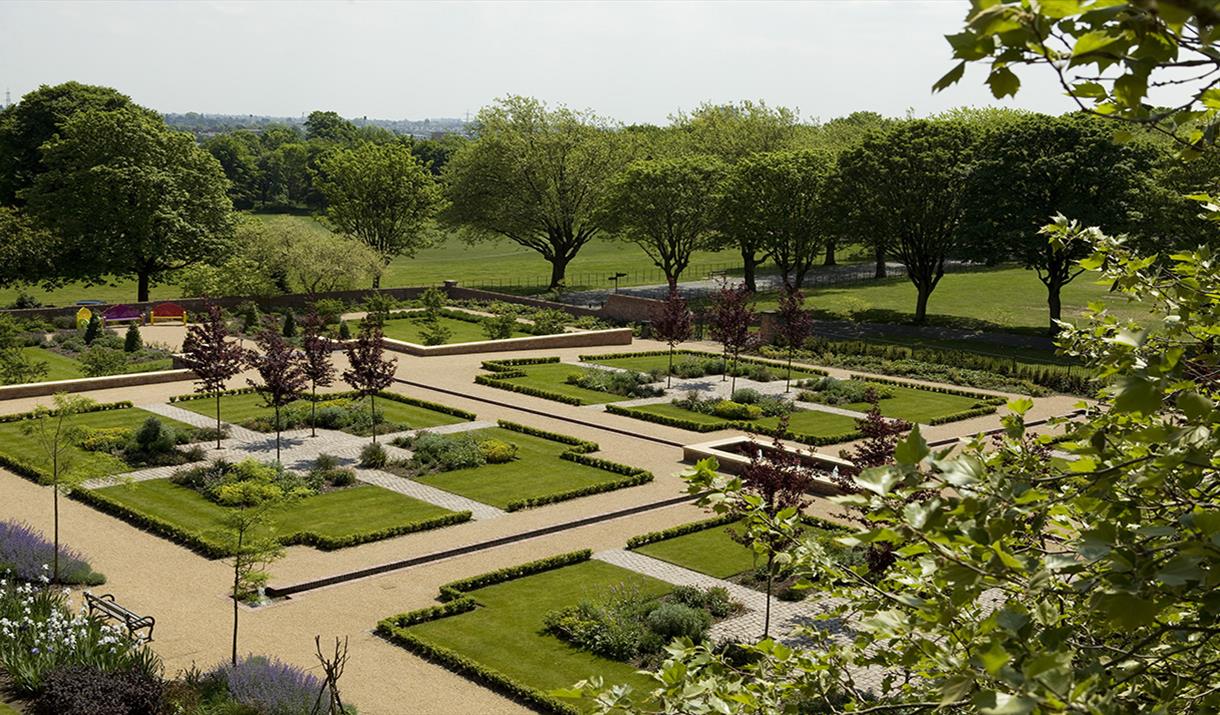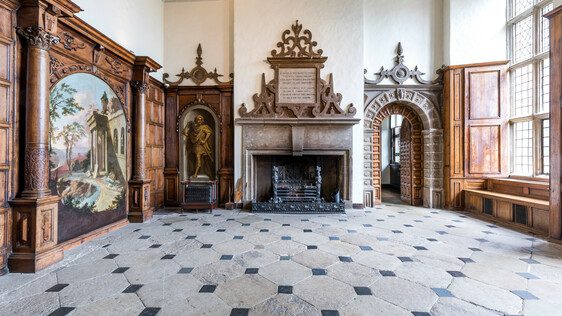Birmingham is full of buildings representing different architectural styles. Luxurious Aston Hall is a vivid example of the Jacobean style. Its construction continued for 17 years, from 1618 to 1635. In addition, Aston Hall became the first country house in municipal ownership. Thus, its history deserves special attention. Learn more at birmingham-future.
Sir Thomas Holte
Sir Thomas Holte hired John Thorpe to design Aston Hall. At that time, Thorpe was a famous architect. However, there is very little information about his life and legacy. Specialists can just assume Thorpe’s authorship to some of the houses. Nevertheless, his talent is obvious.
The construction was finished in 1635, although the owner couldn’t wait for so long and moved into the estate in 1631. Thorpe managed to build not only a durable and beautiful estate but also a future architectural landmark.
Aston Hall was built in a large park area. Later, it was called Villa Park and also became England’s historic heritage.

However, Sir Holte didn’t live in his new estate for a long time. In 1643, Aston Hall suffered significant destruction during the attack of the Parliamentary troops. Some of the damages could not be repaired. For example, the staircase was hit by a cannonball. It flew through the window and open door and pierced the handrails and stairs.
Aston Hall remained in the ownership of the Holte family until 1817. Then they leased it to James Watt Jr., a son of wealthy industrial developer James Watt. Watt Jr. became the last resident of Aston Hall.
The private company Aston Hall and Park Company Ltd bought the house in 1858 and turned it into a museum. However, such a small company could not cope with the maintenance of the house. Financial difficulties forced them to sell the estate. Then the large Birmingham Corporation bought the house and turned it into a historic country house.
Municipal life
Aston Hall has been mentioned many times in various books and stories. Washington Irving was one of the most famous writers, who vividly described his stay at Aston Hall in The Sketch Book. He focused on the Christmas traditions that existed in Aston Hall for many centuries. They were instilled by the first owners and all the servants followed it.
The Gentleman’s Magazine also described the Aston Hall traditions in 1795. It was surprising that the Holte family allowed all the servants to drink, party and stay up all night on the holiday. It was quite unusual for strict England.
Aston Hall began to acquire museum collections in 1879. In that year, there was a large-scale fire in the municipal public library and the Birmingham and Midland Institute. Those two institutions were located in the same building, so both of them moved their art collections to Aston Hall. The estate also received some exhibits from the Museum of Arms.

The period when the building was under the municipality ownership wasn’t cloudless. The Birmingham Corporation didn’t have enough money to maintain Aston Hall and Perry Hall. Therefore, in the 1920s, the corporation had to choose which building would be saved. They chose Aston Hall. In 1927, the Birmingham Civic Society began to improve the gardens surrounding the house. The organisation hired unemployed townspeople to save the budget.
They projected a luxurious layout of the garden. It included green spaces, fountains, terraces and stone urns. The central element was an incredible statue of Pan, which was created by sculptor William Bloye. Its price remained unknown, but it was paid for from the Birmingham Civic Society budget. The garden was ready in 1934. The vice-president of the Birmingham Civic Society was present at its grand opening.
A few years after that, the head of the Pan statue mysteriously disappeared and was sought after for several decades. In 2011, it was decided to restore the statue.
Aston Hall in the 21st century
Aston Hall has been managed by Birmingham Museums Trust since 2012. Previously, it was under the City Council’s ownership. The building continued to serve as a museum.
Large-scale renovations were being carried out in Aston Hall from 2006 to 2009. During that period, the estate was closed to visitors. In 2009, the museum became accessible at any time, except in winter.

In addition to objects of fine art, Aston Hall features old interior items. They vividly depict the spirit of the past era. In 2019, almost 30,000 people visited Aston Hall.
The famous Aston Villa football club stadium is located to the north of the museum.
Unfortunately, the area surrounding Aston Hall has been shrinking with the development of the city in general. The eastern part of the territory was allocated under the construction of the A38(M) motorway. It is also known as the Aston Expressway. Its construction ended in 1972.
Aston Hall will be interesting not only for connoisseurs of history and art objects but also for mysticism lovers. In 2019, Spectrum Paranormal Investigations claimed the house to be haunted. Allegedly, ghosts and spirits were seen here more often than in any other haunted place in Birmingham.